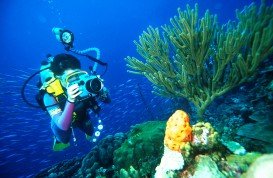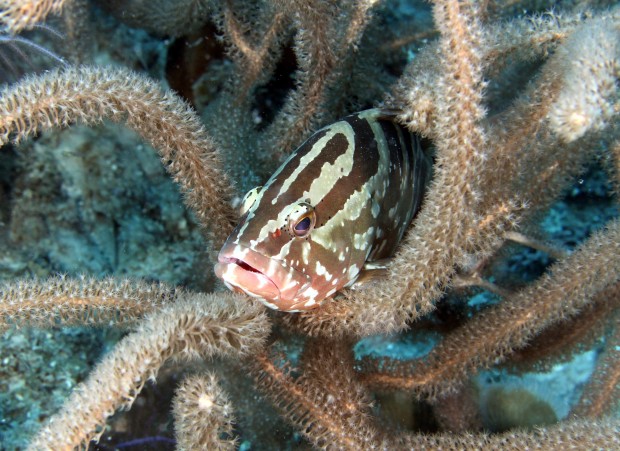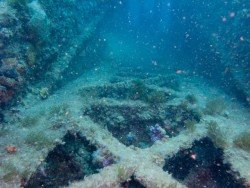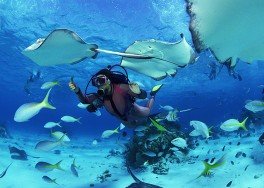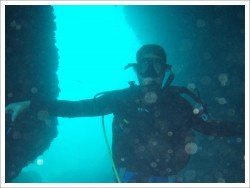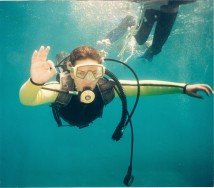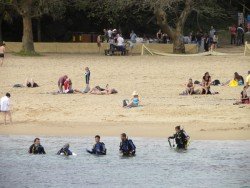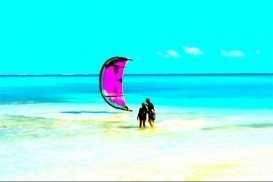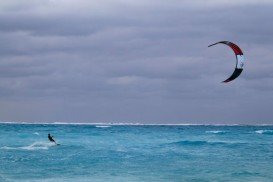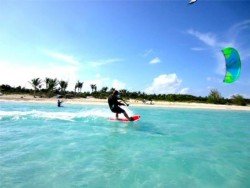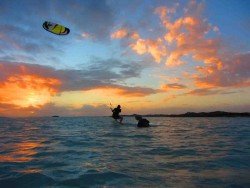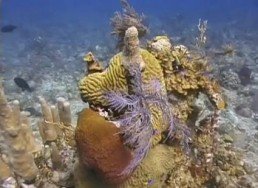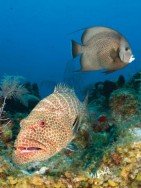The Turks and Caicos Islands lie in the Lucayan Archipelago and are a British Overseas Territory consisting of eight islands: West Caicos, Providenciales, East Caicos, South Caicos, North and Middle Caicos, Grand Turk and Saly Cay. Only East and West Caicos are uninhabited. Apart from a superb tourist destination, they are also well-known as an offshore financial center. The climate of the islands is classified as marine tropical, providing relatively consistent temperatures throughout the year.
Providenciales, also known as Provo is well-known for the Grace Bay Beach, this snow-white sandy beach with the warm, turquoise waters that attracts visitors from all over the world. Undoubtedly, the location is an earthly paradise for scuba fans, as there are many excellent dive sites on offer. Grouper Hole is situated in Grace Bay area, close to Graceland dive site.
The main feature of the spot is a sand chute that leads to a gently sloping wall, where groupers usually hide. Divers can encounter an incredible marine life, including Nassau groupers, Atlantic trumpetfish, barracuda, Tiger grouper, sharks and turtles. In addition, the spot hosts beautiful coral formations, giant anemone, finger and pillar corals.
This lovely location offers good visibility that reaches 28-30 m/91.8-98.4 ft. The maximum depth is 30.5 m/100.1 ft and the water temperature varies between 24 °C/75.2 °F and 30 °C/86 °F. Grouper Hole accommodates both the beginner and more experienced diver. Last but not least, it is also great for night diving and macro photography.
